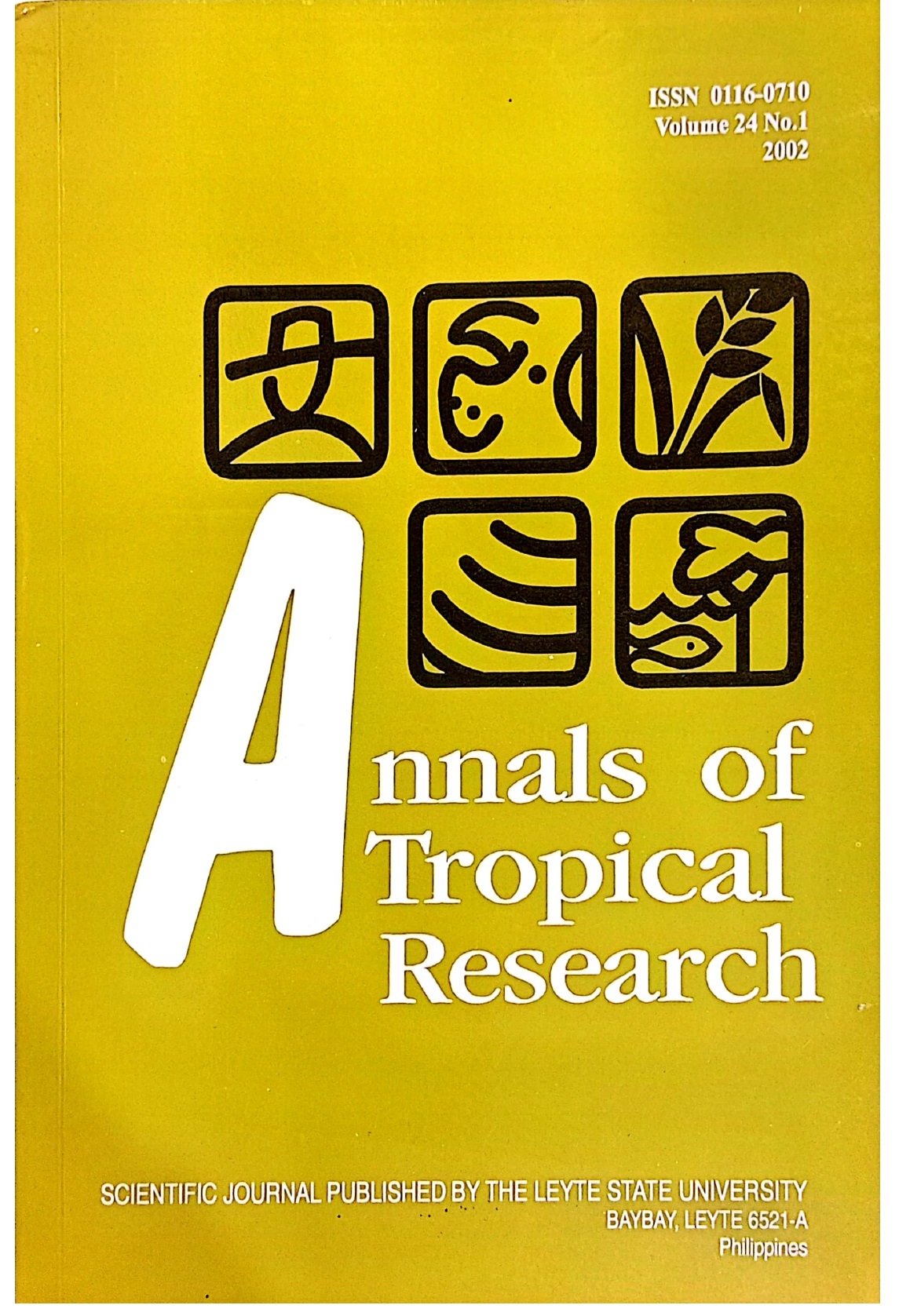Effect of temperature and water activity on quality deterioration and shelf life of dried mangoes
Keywords:
intermediate moisture foods (IMF), dried mangoes, temperature, water activity, ascorbic acid, browning, rate constant, activation energy, shelf lifeAbstract
A study was conducted on the effect of storage temperature and sample water activity on ascorbic acid degradation, browning development and shelf life of dried mangoes. The moisture content of dried mangoes increased with water activity at all temperatures which is consistent with the theory of physical adsorption. However, at a water activity of about 0.65. the amount of sorbed water at a given water activity increased with increasing temperature. The ascorbic acid (AA) degradation in stored dried mangoes can be described by a first order reaction. The effect of water activity and temperature on the rate constant for AA degradation can be modeled by a modified exponential equation. The activation energy for AA degradation in dried mangoes was almost constant at 65000 J/mole for water activity range of 0.65 to 0.85. The browning development in stored dried mangoes can be described by a zero order reaction. The effect of water activity and temperature on the rate constant for browning development can be modeled by a modified exponential equation. The activation energy for browning development in dried mangoes was almost constant at 57000 J/mole for water activity range of 0.65 to 0.85. The basis for shelf life prediction in dried mangoes was ascorbic acid degradation since acid degradation since this gave shorter shelf lives as compared with browning development. The shelf lives of dried mangoes decreased with increasing storage temperatures and sample water activity.
Downloads
Submitted
Published
How to Cite
Issue
Section
License

This work is licensed under a Creative Commons Attribution-NonCommercial-ShareAlike 4.0 International License.







